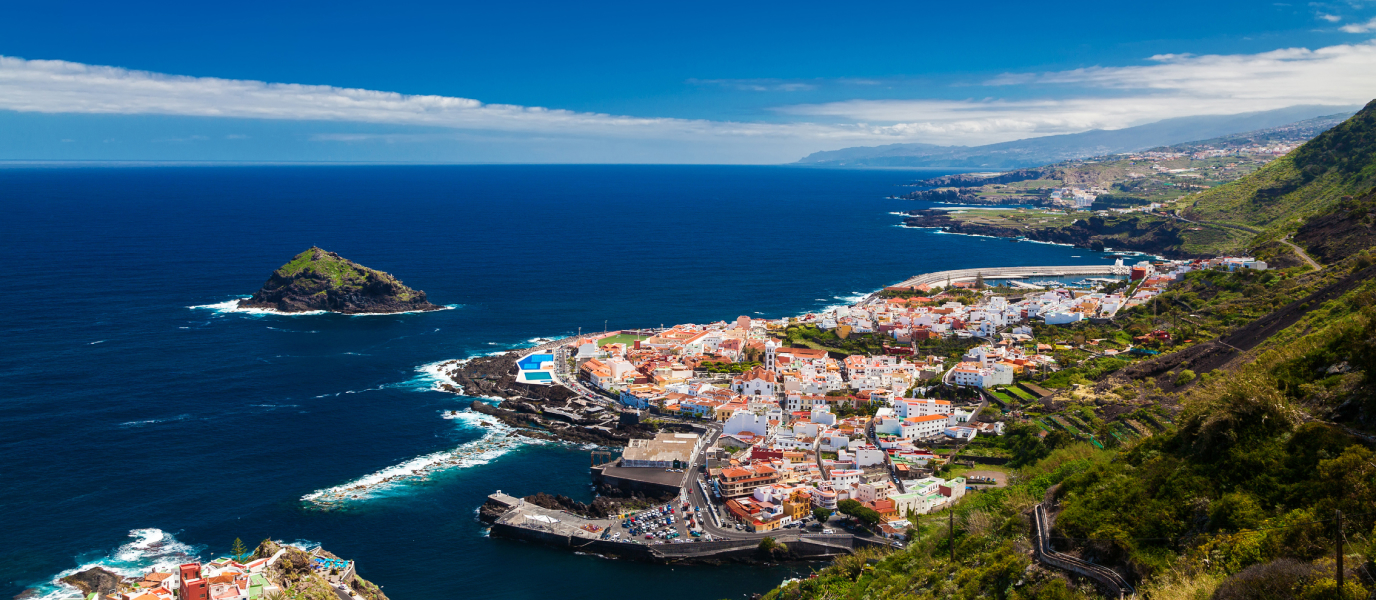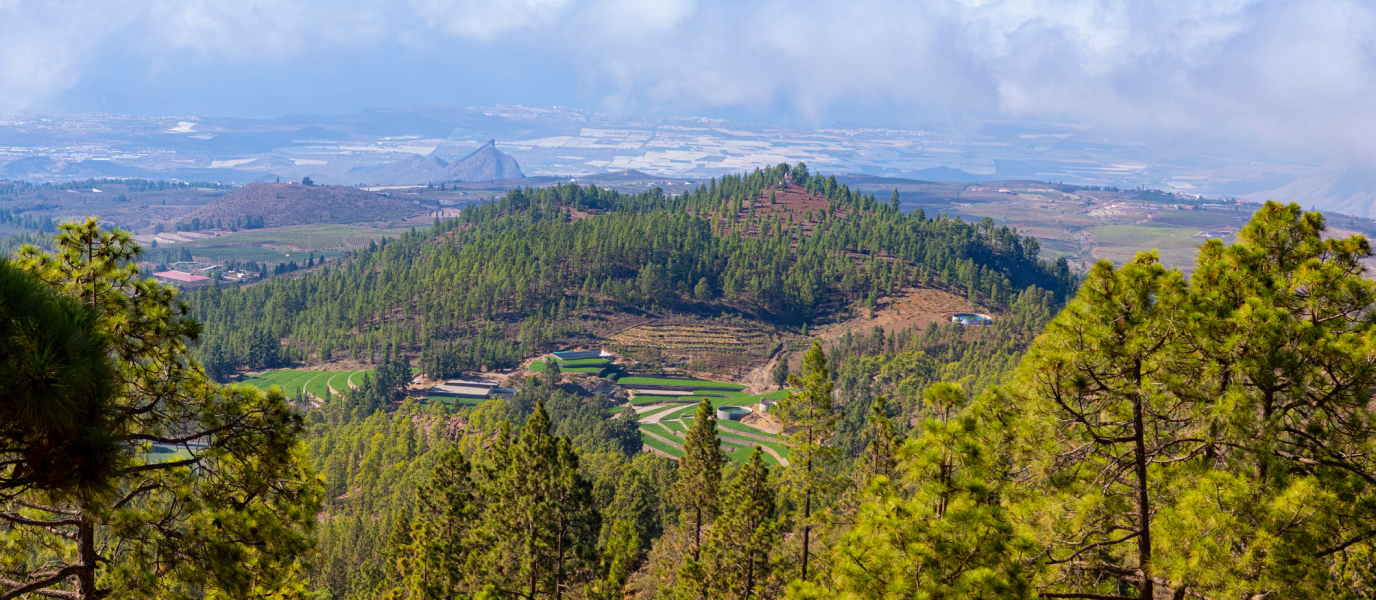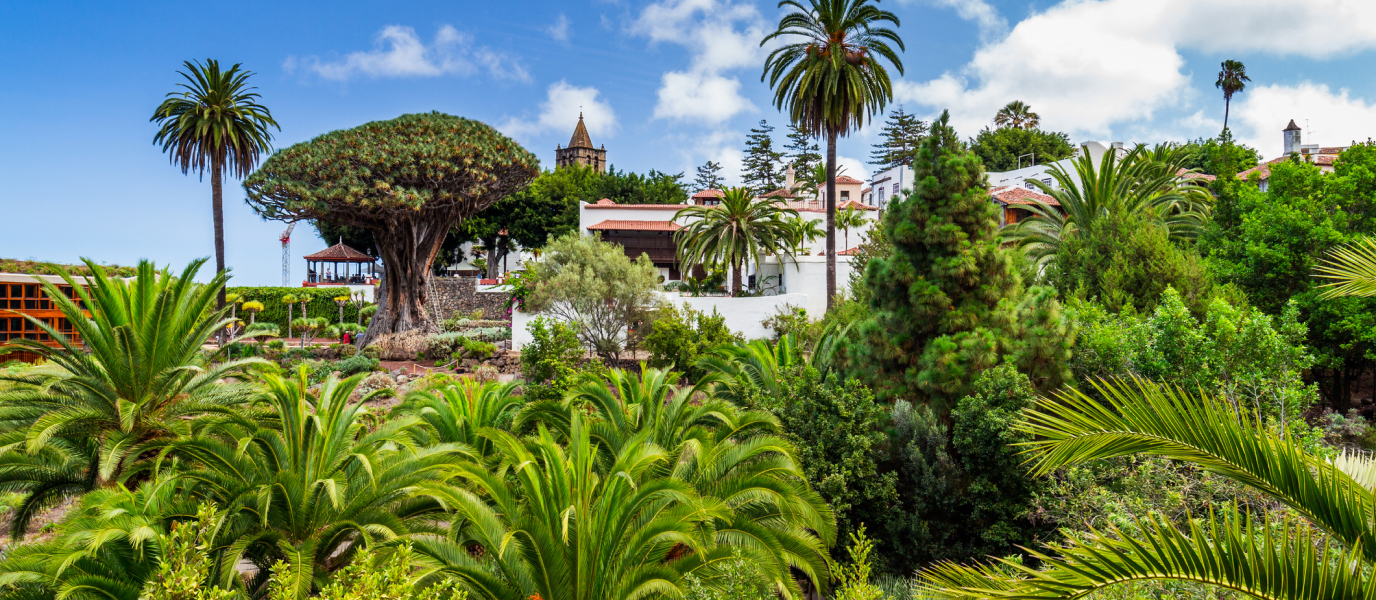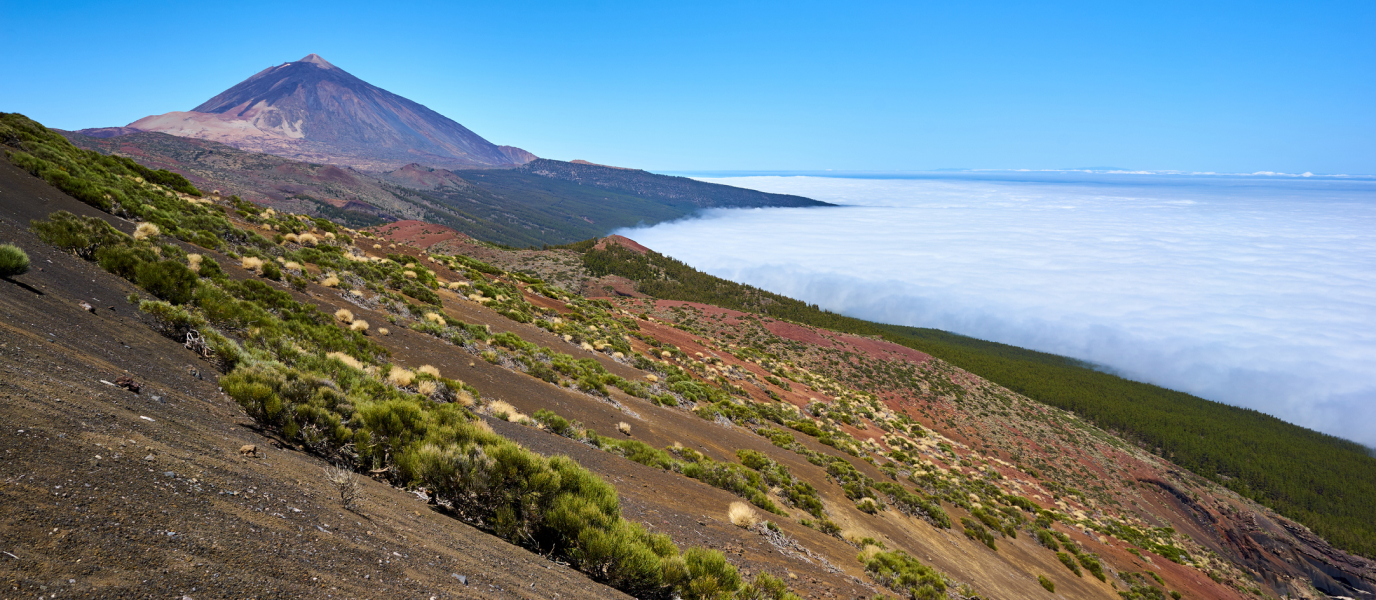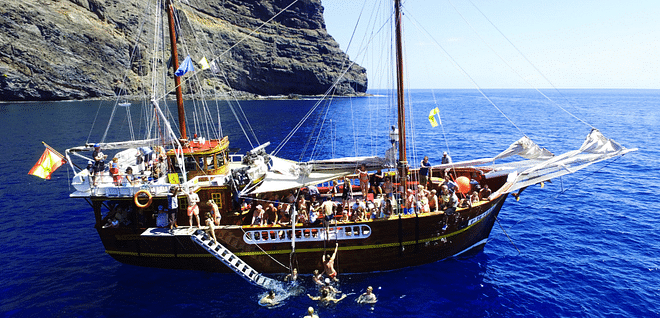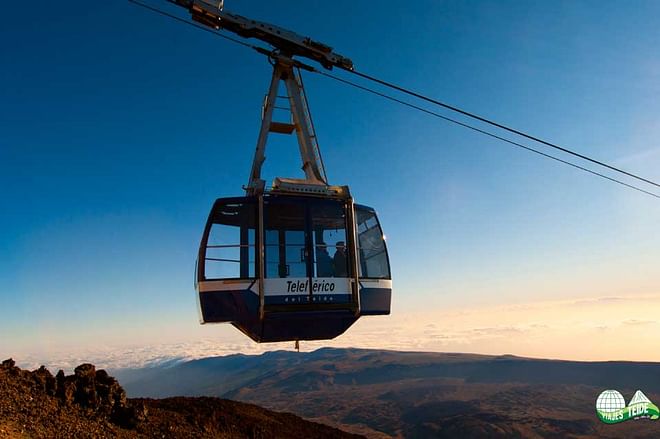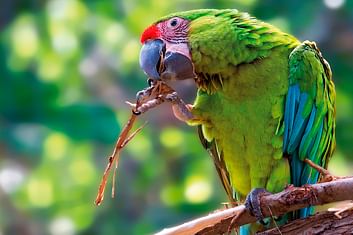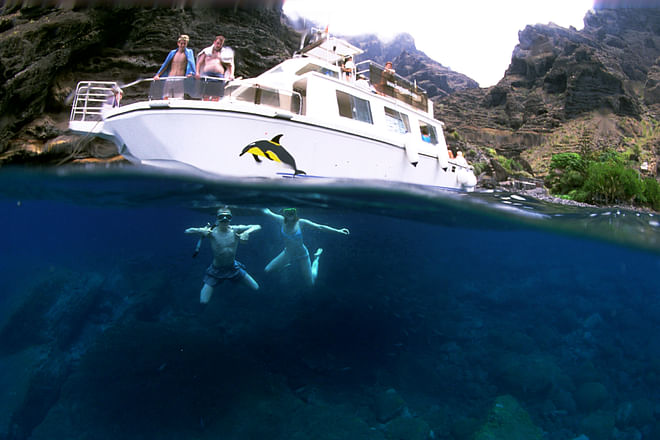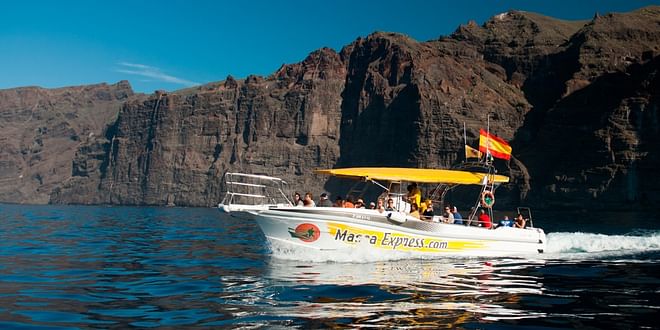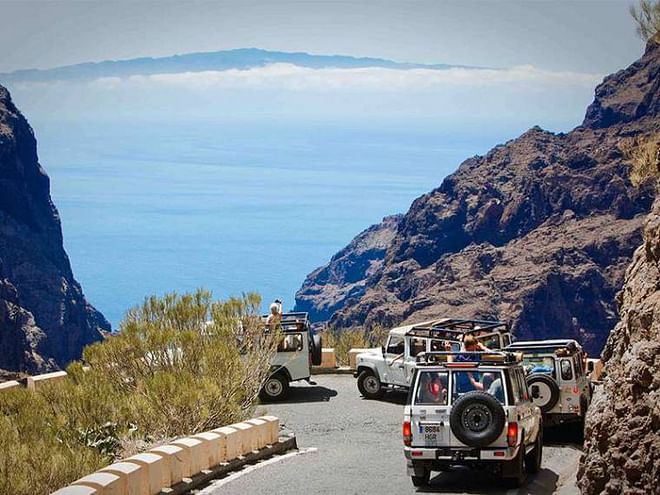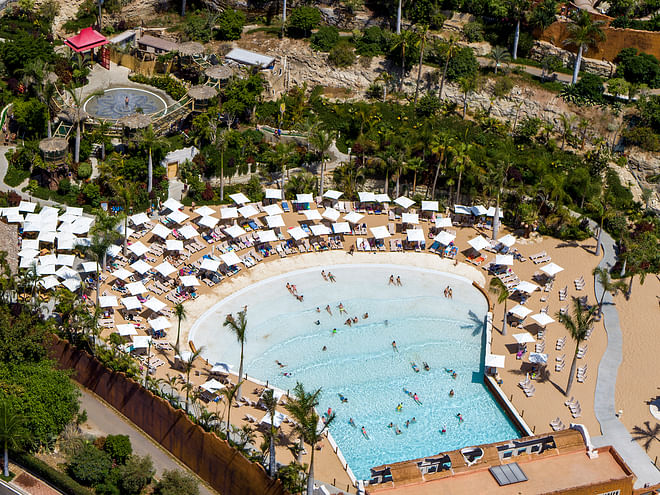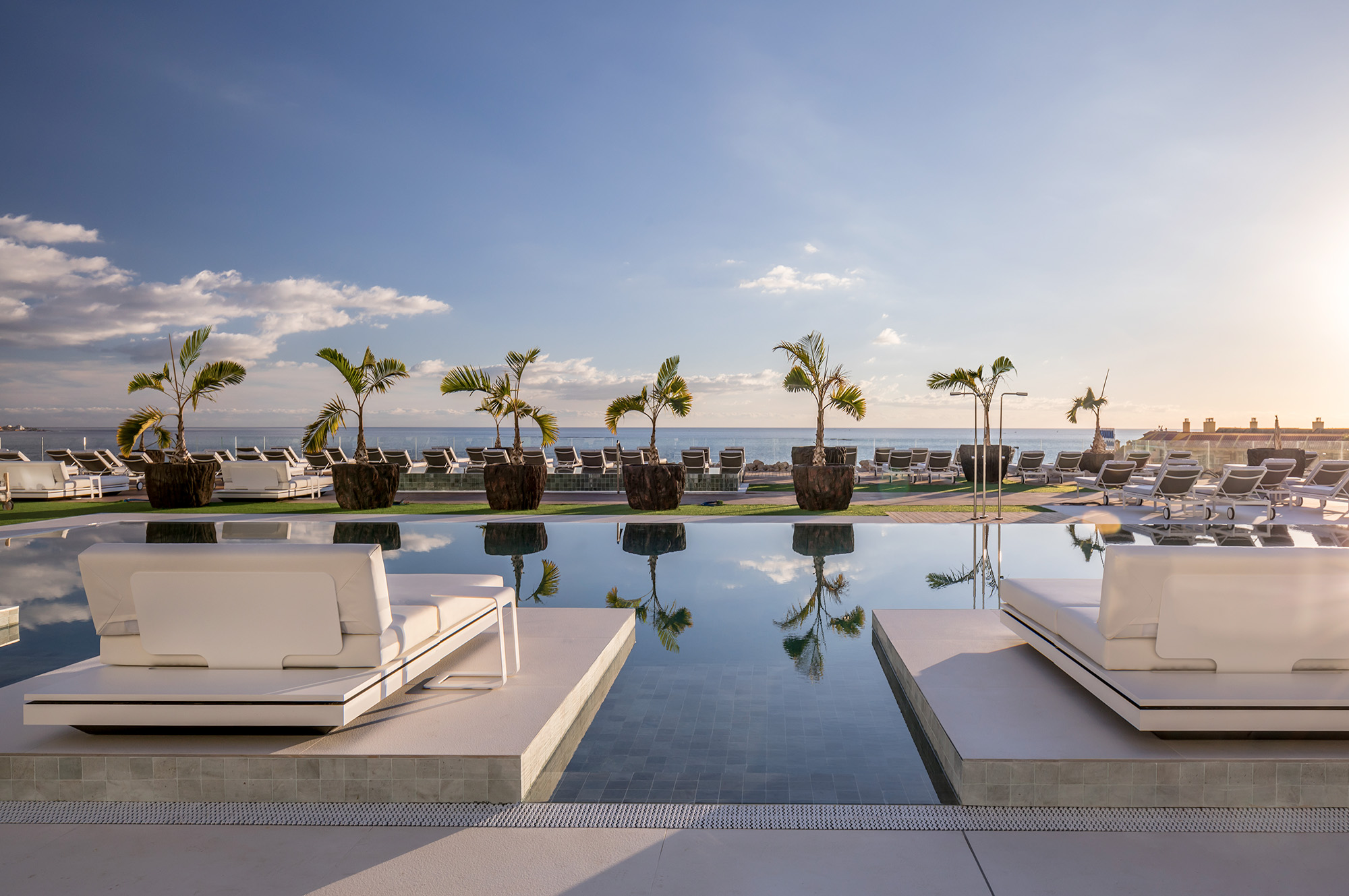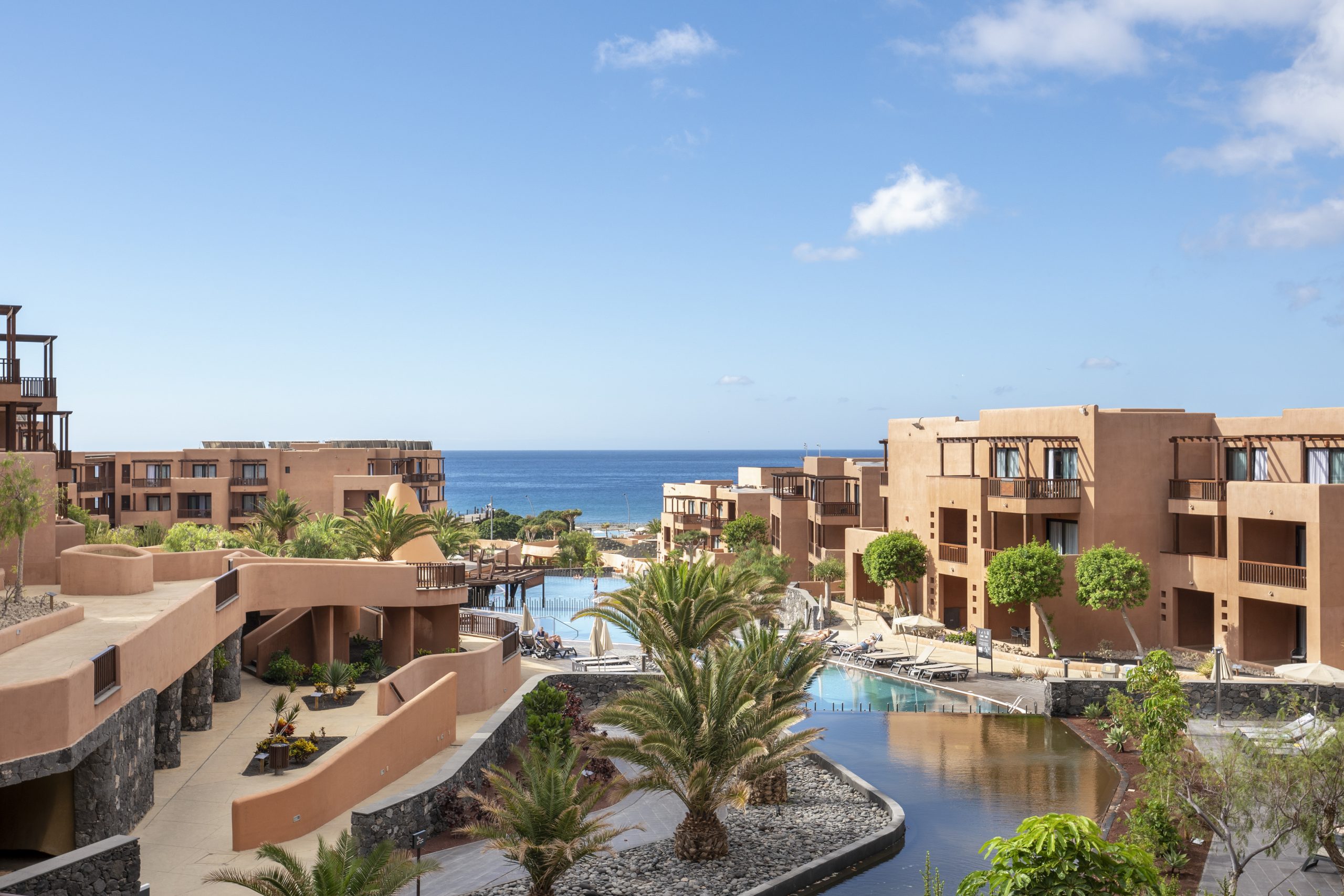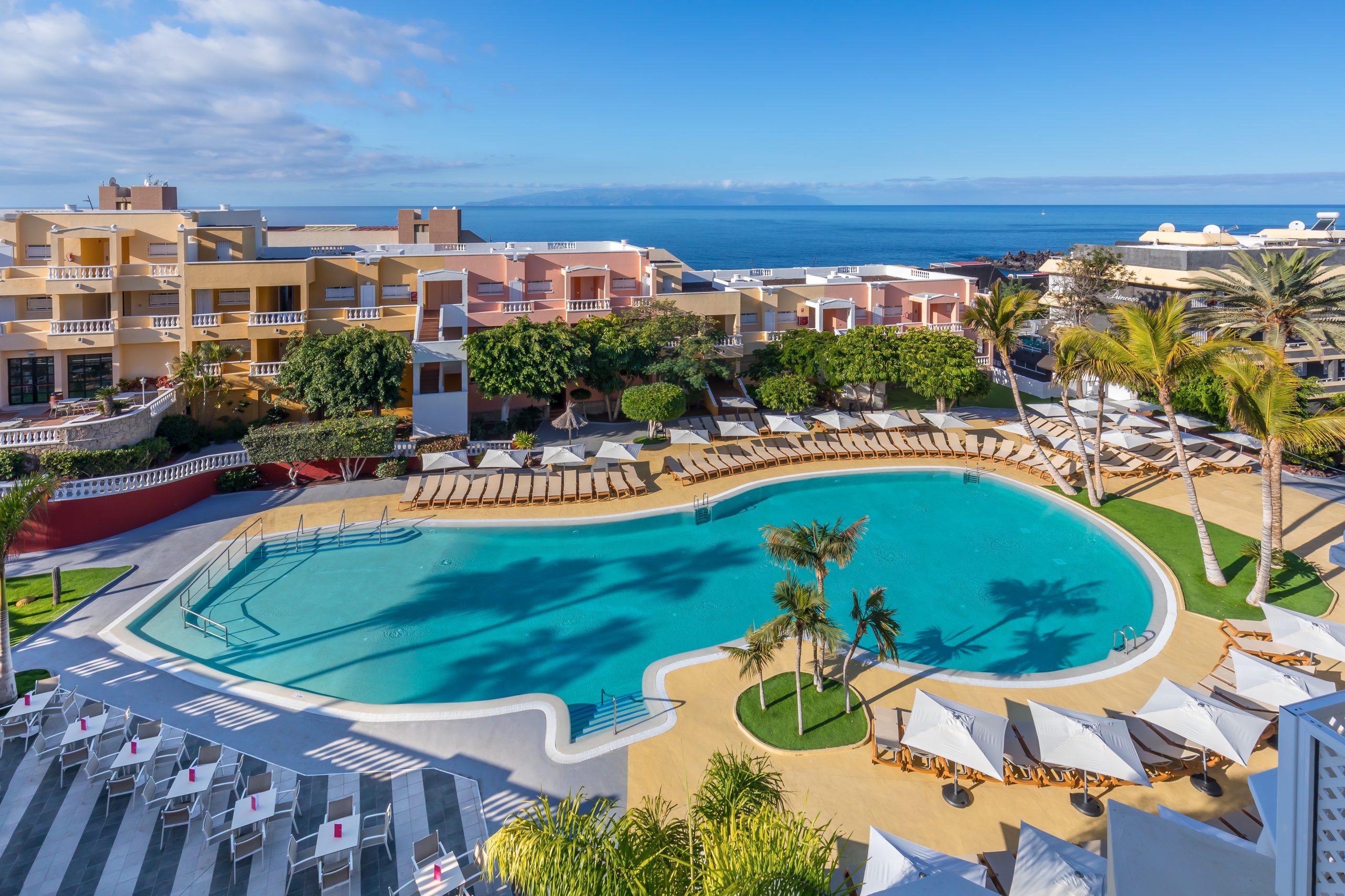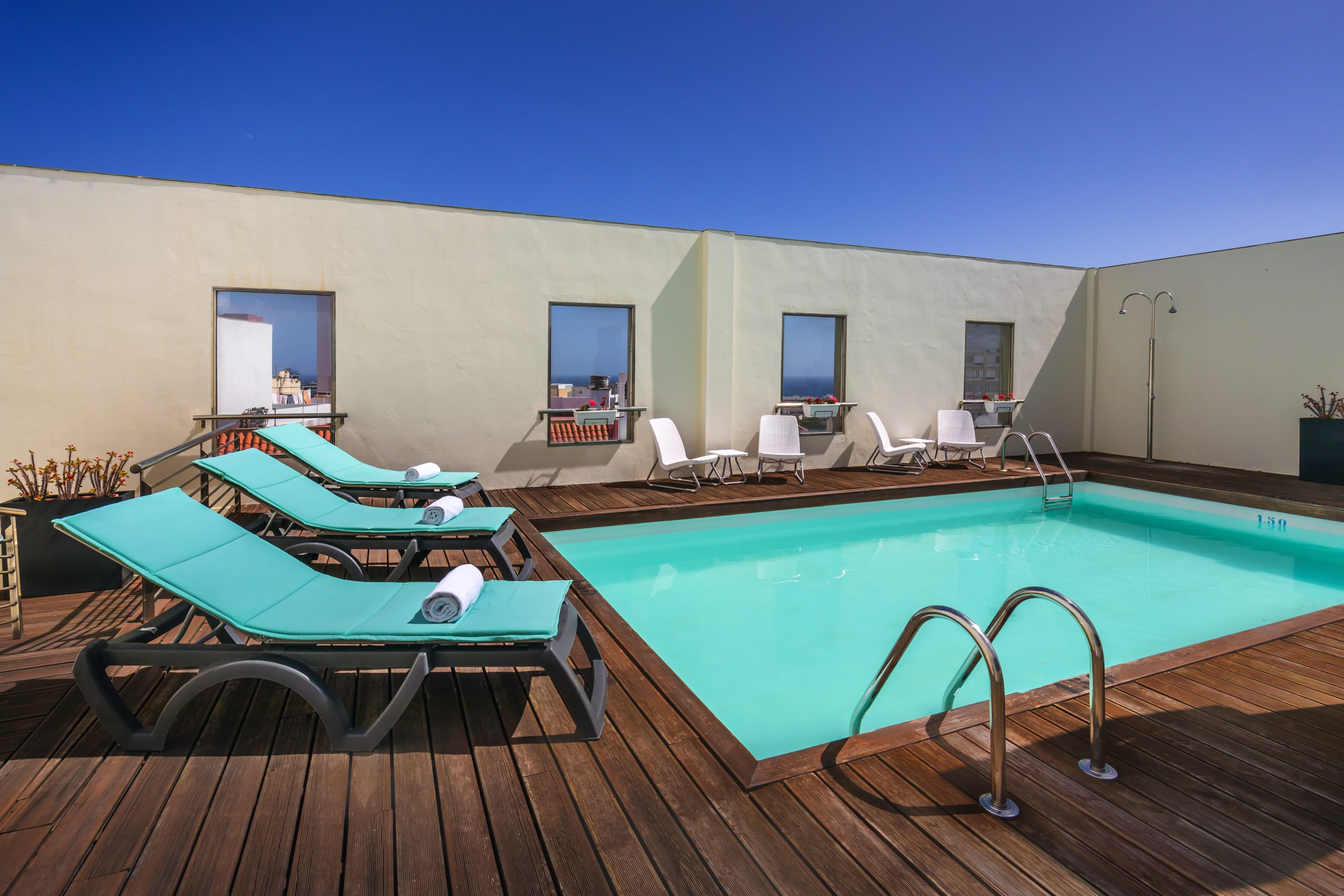The picturesque municipality of Garachico, situated in the north-west of Tenerife, is considered by many to be the most beautiful town on the island. No doubt this recognition is spurred on by its stunning historic and artistic heritage set within the historic quarter—declared an Asset of Cultural Interest in 1994—as well as the surrounding nature with palm trees and banana plantations adorning a particularly steep volcanic landscape.
After the Spanish conquest of the Canary archipelago in the late fifteenth century, the small village of Garachico soon became the island’s most active commercial port, and its docks became a stopover point for the large ships that traversed the Atlantic Ocean on a daily basis back and forth between the Americas and Europe loaded with local wine and sugar. Unfortunately, the municipality’s prosperity was dashed in 1706 when the neighbouring Trevejo volcano—also known as the Arenas Negras volcano—erupted, burying a large part of the village, most notably its valuable port, under lava. Modern-day Garachico is, therefore, a town that has risen from its ashes.
What to see in Garachico
The approach to Garachico is a steep descent from the mountains at the municipality’s highest point—known as the Cerro de los Roques Blancos hill with an elevation of around 2,000 metres—to the town centre, which sits at sea level. As you get closer, little white houses begin to appear scattered across the hillside and, little by little, the town begins to take shape in the form of small squares and narrow streets, colonial-style churches and noble palaces.
We recommend starting your route at the most westerly point of Garachico, where the TF-42 road enters the village. There, on the outskirts, you will be welcomed by the small whitewashed San Roque hermitage, built in the early seventeenth century to protect against the bubonic plague that struck the village.
Continuing along the road, you will soon come to the Motín del Vino monument, a sculpture of a man carrying a cask of wine under whose feet you can read the following quote: ‘One night in 1666 torrents of wine flowed through Garachico’. The monument recalls the strange rebellion against the English wine monopoly, which resulted in the destruction of numerous wineries in the area. It is also a good place to park your car.
A few metres away you will find yourself in the colourful historic quarter of Garachico. A profusion of white, blue, orange and yellow houses welcome visitors to the heart of the village: Plaza de la Libertad. The square is home to the majority of the town’s important buildings, such as the Iglesia de Nuestra Señora de Los Ángeles church, converted into the Natural Science and History Museum; Iglesia de Santa Ana church, built in 1520; the house-palace of the Counts of La Gomera, also known as the Casa de Piedra [Stone House] because of its stone façade, and Garachico Town Hall. Quite surprisingly, on one end of the square is a statue of the Venezuelan liberator Simón Bolívar, whose ancestors were from Garachico.
Before heading towards the waterfront, don’t miss Puerta de Tierra Park, a green space where you can still see the arch of the gateway that led to the old port of Garachico in the sixteenth century. It also boasts an example of an old winery and a bust of the Cádiz-born poet Rafael Alberti.
Beaches and natural pools in Garachico
Heading now towards Garachico’s coastline you will find some of the town’s other attractions, such as San Miguel Castle (1577), a fine example of Tenerife’s military architecture, whose former function was to fend off frequent pirate attacks, like those of Francis Drake. Declared an Asset of Cultural Interest in 1999, it now houses the Heritage Information Centre.
At the same time, the castle seems as if it were to safeguard what is considered perhaps the town’s biggest tourist attraction: the natural swimming pools of El Caletón. These unusual craters or charcos, formed during the volcanic eruption of 1706, appear at the back of the fortress, filling up with cold water and emptying out in accordance with the tide.
The pools are also the best place for viewing the formidable islet that lends its name to the municipality. The vertical walls of the Roque de Garachico, declared a Natural Monument in 1987, emerge from the water just a few metres away from the coast serving as a refuge for numerous migratory birds.
The coastline neighbouring Garachico also boasts a newly-built marina and cliffs crowned by various viewpoints—El Guincho viewpoint and La Culata viewpoint—and beaches, such as Playa de Garachico beach, Playa del Muelle beach and Playa de El Guincho beach.
What to eat and where: bars and restaurants in Garachico
In addition to all its scenic and architectural heritage, be sure to also sample Garachico’s delicious food, brimming with seafood and always accompanied by a glass of the local white wine with Ycoden-Dante-Isora designation of origin.
Traditional dishes include guiso de vieja, or Mediterranean parrotfish stew, the most popular white rock fish in the Canary Islands. Other fish that often make an appearance on the tables of Garachico include grouper, mackerel, tuna and sea bream, as well as octopus and limpet. And, of course, potato broth and creamy rice dishes are always a great option to bear in mind.
If you fancy going for tapas, we recommend visiting traditional bars such as La Taskita de Li (Esteban de Ponte, 35), specialising in meat and other classic Canarian dishes, or typical taverns such as Bodegón Las Cucharitas (Avenida República de Venezuela, 13), whose star dishes are the white tuna, calamari and wahoo in a spiced saffron sauce.
If you prefer to go à la carte, the options are yet more numerous. The restaurant Casa Gaspar (Esteban de Ponte, 44) serves fresh fish with excellent value for money, whilst Restaurante Arístides (Francisco Montes de Oca, 3), specialising in fresh meat and stews, is perfectly situated right on Plaza de la Libertad. Finally, the restaurant Candelaria La Cocinera (Calle el Sol, no number) offers Canarian recipes from yesteryear just a few steps away from Puerta de Tierra Park.




































































